Content
What are parthenocarpic cucumbers and what are their benefits?
A huge merit of the breeders is the creation of vegetable varieties suitable for year-round cultivation in greenhouses. Parthenocarpic cucumber varieties have become such an achievement - this is a group of hybrids that do not need pollination.
What does parthenocarpic mean?
Parthenocarp (from the Greek words "parthenos" - virgin, "karpos" - fruit) is translated as "virgin fertilization", which results in the formation of fruits with sterile, embryonic seeds, or even without them. This means that cucumbers are self-fertile, devoid of seeds.
Biologists distinguish two types of parthenocarpies:
- vegetative - fruit development without pollination or irritation of the pistil;
- stimulative - the fruit is formed after the pollen of any plant hits the pistil or after its mechanical or thermal stimulation.
Please note: self-pollinating and parthenocarpic cucumbers are completely different groups. In self-pollinating varieties, most of the flowers are bisexual, that is, they have a pistil and stamens, when they are fertilized and the fruits ripen, full-fledged seeds are formed.
The main advantage of self-fertile cucumbers is that they do not need pollination at all to set fruits. Each bud that forms already has a tiny ovary - the future cucumber, and therefore the problem of transferring pollen for the summer resident does not exist. In greenhouse conditions, this is a great thing, because it allows you to supply fresh cucumbers to the consumer's table without any special difficulties all year round.
Characteristics of parthenocarpic varieties
Parthenocarpics, like ordinary cucumbers, are divided into several categories according to one of the characteristics - intended purpose or ripening time.
Sorts for their intended purpose are divided into 4 groups:
- Salad, that is, for fresh consumption. This means that the greens do not participate in traditional methods of harvesting for future use, because either they do not give satisfactory taste sensations, or they simply do not stand the allotted time - they become soft in salting, creep, and explode in canning.
- Salting, ideal for harvesting by traditional salting - in barrels, enameled or glass containers. They are perfectly stored until spring, do not deteriorate, do not lose their specific taste.
- Canning - for the preparation of pickled cucumbers.
- Universal - the fruits of these varieties are suitable for absolutely everything.
The division of parthenocarpic cucumber hybrids by ripening dates is traditional:
- early, ripening 35-40 days after the emergence of shoots;
- mid-season, which are plucked after 45 days;
- late ripening, reaching market and food maturity after 50 days.
Parthenocarpic cucumbers have a number of advantages over traditional varieties. In addition to being ideal for greenhouse and indoor growing, many hybrids of this group are successfully cultivated outdoors. The fires grow rapidly, actively and for a long time bear fruit, since the concept of "barren flowers" does not apply to them. They are resistant to the adverse effects of weather and traditional diseases of their relatives.
In addition - which was especially appreciated by summer residents who visit their plots irregularly - cucumbers do not outgrow: having typed the sizes characteristic of the variety, they slow down the growth of mass, while retaining color.The pulp remains fresh, juicy, bitterness does not accumulate, and the seeds are simply not there, that is, they remain in their infancy.
Agrotechnics of parthenocarpic cucumbers
The principles of growing parthenocarpic cucumbers remain unchanged. True enough laborious seed pre-preparation process - disinfection, hardening, soaking - they are usually skipped, since you cannot get your seed material from such cucumbers, and most manufacturers carry out a full pre-sowing treatment even before packing.
Planting in the ground, open or protected, is carried out in a seedling and non-seedling way. The main condition is that the soil must warm up to +15 ° С. If the greenhouse is heated, this limitation is irrelevant.
For direct sowing, the beds are covered with polyethylene or agrofibre to speed up seed germination.
They take care of parthenocarpic cucumber hybrids in the same way as for the usual varieties - they water, feed, remove weeds, carry out preventive spraying against diseases and pests, form bushes (this procedure has some differences).
Bush formation, garter
Traditionally cucumber vine tied to a trellis or a support when four sheets have formed on it. Then they monitor its growth, carry out the following activities:
- Blinding of the main stem - all axillary shoots, including fruitful ones, are removed at a height of up to 50 cm from the ground.
- At a level from 0.5 to 1.5 m, the lateral shoots are pinched when the third leaf begins to form on them.
- At a height of one and a half meters to the top of the trellis, pinching is done over the 4th leaf of the lateral stems.
- The main stem that has grown to the trellis is pinched, the lateral ones are allowed to grow, directing them down.
Blinding the main stem, of course, postpones the first crop of zelents, but prolongs fruiting, makes it more abundant. Summer residents often leave a few bushes in their original state in order to pamper themselves and loved ones with early fresh cucumbers, but the main part of the plantings is formed with a perspective for a large harvest, stretched over time.
Parthenocarpic cucumber varieties
Originally intended for cultivation in greenhouse conditions, parthenocarpics quickly mastered open beds. They began to plant them first, just in case the weather interferes with the bees. Gradually, they pressed the usual varieties - high yields, resistance to large and small troubles affected.
For open ground
Summer residents consider the following parthenocarpic varieties for open ground to be the best:
- Ajax, ultra early - already on the 35th day you can shoot the first greens. Each node of the liana forms several fruits up to 12 cm long for universal culinary purposes - the cucumbers are tasty fresh, pickled, salted.
- Blanca - ultra-early, gherkin-type fruits - up to 7 cm long. Good for pickling, salting.
- Hermann - an early ripe hybrid, the length of the cucumbers is 10 cm, the fruits are excellent in taste, fresh and canned.
- Kristina - Dutch hybrid, specially designed for open ground: high stress resistance, strong immunity are inherent in it. Fruits for universal use.
- Mila - shows increased resistance to fungal diseases. 10-centimeter cucumbers have a great taste and are often used for canning, especially on an industrial scale.
Hybrids Parker, Real Owner, Pasamonte, Masha, Advance, Angel also feel great on unprotected beds.
Greenhouse cultivars
To delight themselves with fresh cucumbers in winter and early spring, summer residents prefer the following varieties:
- Cupid is a high-yielding ultra-early variety that forms 6-8 greens per node;
- Goosebump - gives a crop of universal purpose;
- Director - shade-tolerant hybrid, long-term fruiting;
- Athena is the leader of winter yields, tolerates poor lighting well, gives cucumbers of excellent taste;
- Courage is a late-ripening variety with an average yield;
- Connie - mid-season gherkins, 9 cm long, great in taste.
The earliest parthenocarpics intended for greenhouses are Artel, Bon appetite, Rural holidays, Slavyanka, Veer.
The maximum winter harvest is harvested from lianas of Svyatogor varieties (about 40 kg / m2) and Lohengrin (up to 47 kg / m2).
When choosing parthenocarpic hybrids for a greenhouse, preference is given to shade-tolerant ones, since cucumbers usually require very good lighting.
Excellent yield indicators are:
- Amur - up to 28 kg / m2;
- Hermann - over 20 kg / m2;
- Zozulya - 26 kg / m2;
- Corinto - 38 kg / m2;
- Neva - up to 27 kg / m2;
- Olympics - up to 45 kg / m2.
For high-yielding varieties to live up to their title, care must be taken with the utmost care.
The best varieties for pickling
The best way to prepare cucumbers for the winter is salting, since the process takes place under natural conditions, without heat treatment, which allows you to preserve the maximum amount of vitamins.
Experienced summer residents recommend the following parthenocarpic varieties for salting:
- Finger Boy, ultra-early gherkin. The length of dense fruits without voids does not exceed 10 cm.
- Siberian garland - high-yielding (up to 40 kg) gherkin type cucumber with 8-centimeter fruits.
- Lilliputian - cucumbers 7-9 cm long fit perfectly into jars, and therefore are usually used for harvesting pickles.
- Aleksich - an ultra-early hybrid of the gherkin type.
- Siberian salting - gives calibrated cucumbers 8 cm long.
The most crunchy cucumbers are characterized by large bumps on the surface. The peculiarity of the structure of their pulp is the transverse arrangement of the vessels.
Interesting varieties of parthenocarpics
Among the abundance of self-fertile hybrids for summer residents, varieties are also of interest:
- Mother-in-law - suitable for open and protected ground. Refers to mid-season, yields are higher when grown in seedlings. Each node forms 3-4 greens up to 13 cm long. They are thermophilic and require good lighting.
- The real colonel is an early indeterminant. The fruits are large - 12-15 cm.
Cons of parthenocarpics
The main disadvantage is the inability to collect your own seeds. Therefore, it is necessary to purchase the required amount of planting material annually, and at a price that exceeds the price of conventional seeds. Nevertheless, summer residents go to additional expenses, since it is parthenocarpics that make up the bulk of the harvest in unfavorable years - with cold rainy summers.
Another disadvantage is that not all varieties are suitable for harvesting for future use. But this problem can also be solved: by choosing the right variety, you can successfully provide even a huge family with delicious canned or pickled cucumbers for the whole winter: the high yield of self-fertile hybrids allows 5-6 bushes (usually just as many seeds are in bags) to collect a sufficient number of greens for harvesting ...
You can grow parthenocarpic cucumbers anywhere: in open beds, in greenhouses or hotbeds, at home - on a windowsill, balcony, loggia, veranda. They invariably give a good harvest, practically do not get sick. The absence of seeds prevents the fruits from overripe, preserves the tenderness of the pulp. Caring for them is no more difficult than for ordinary cucumbers, but the return is much greater. In addition, they are never bitter - breeders intervened in the genetic makeup of the culture, removing the gene responsible for the synthesis of substances that impart an unpleasant taste.


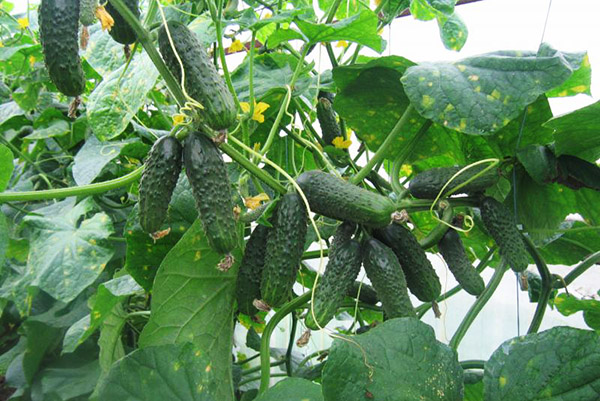
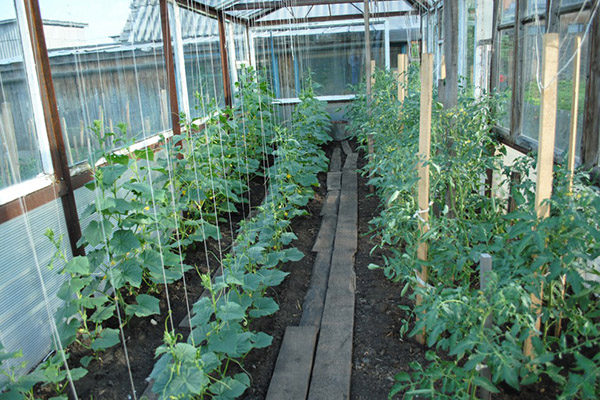
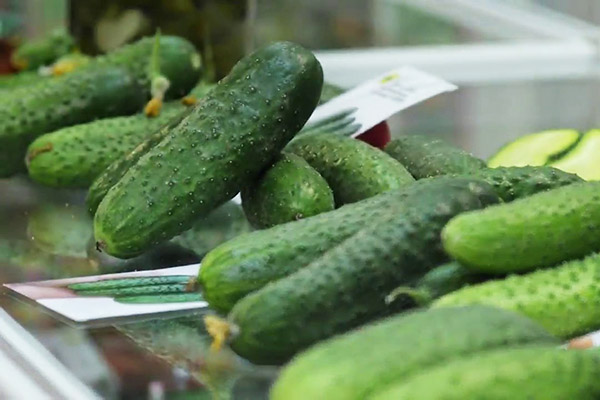
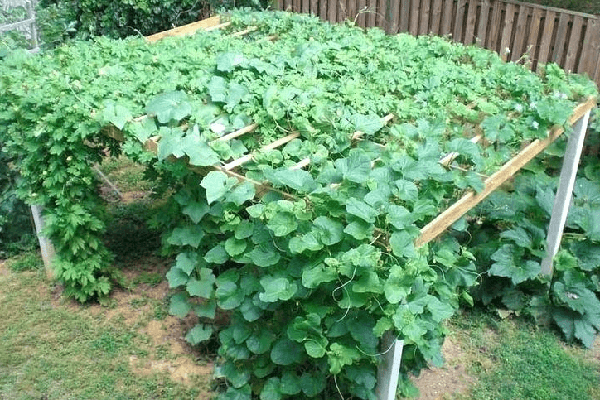
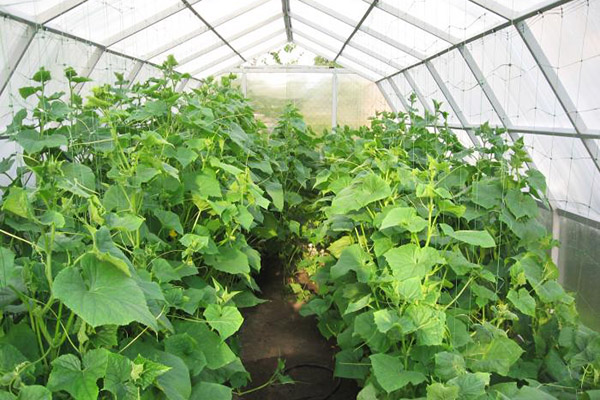
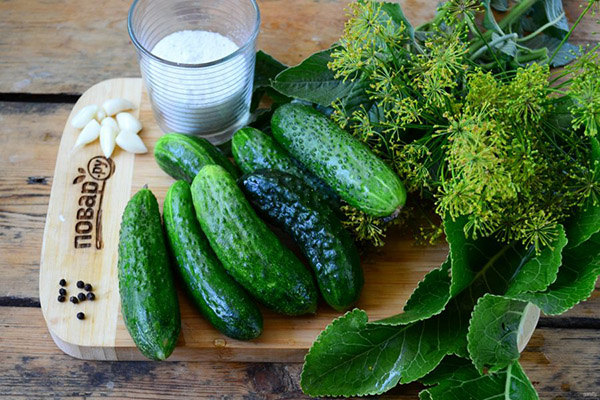
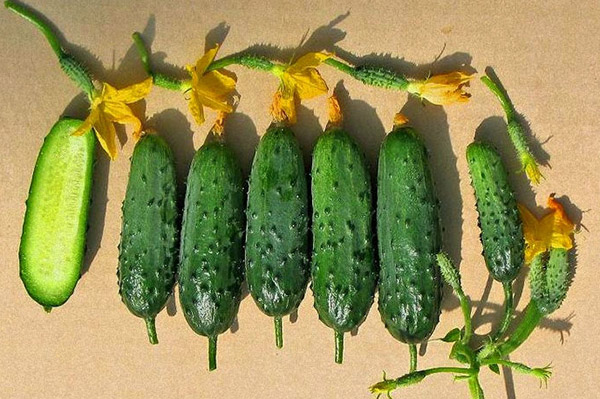
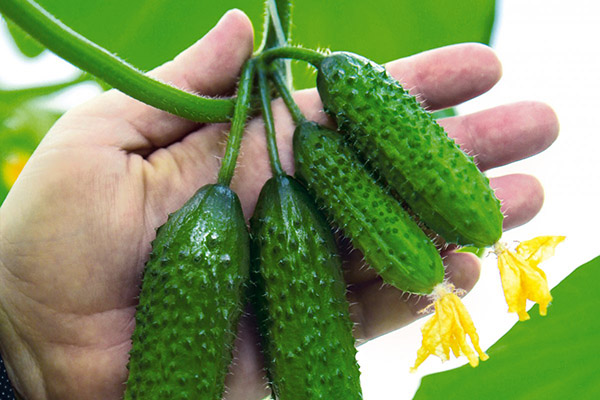
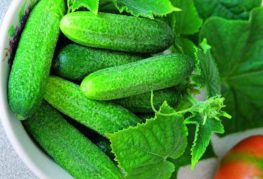
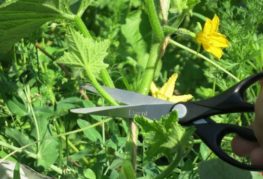
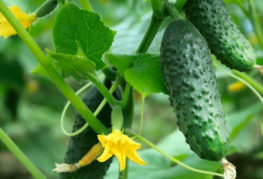
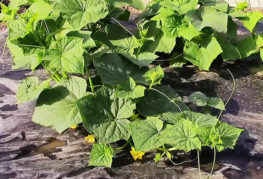
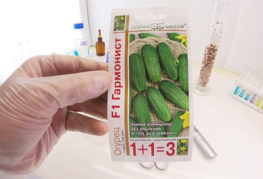
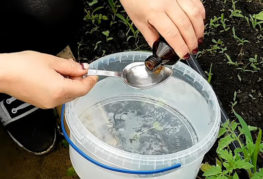
and will be published shortly.